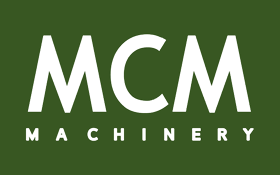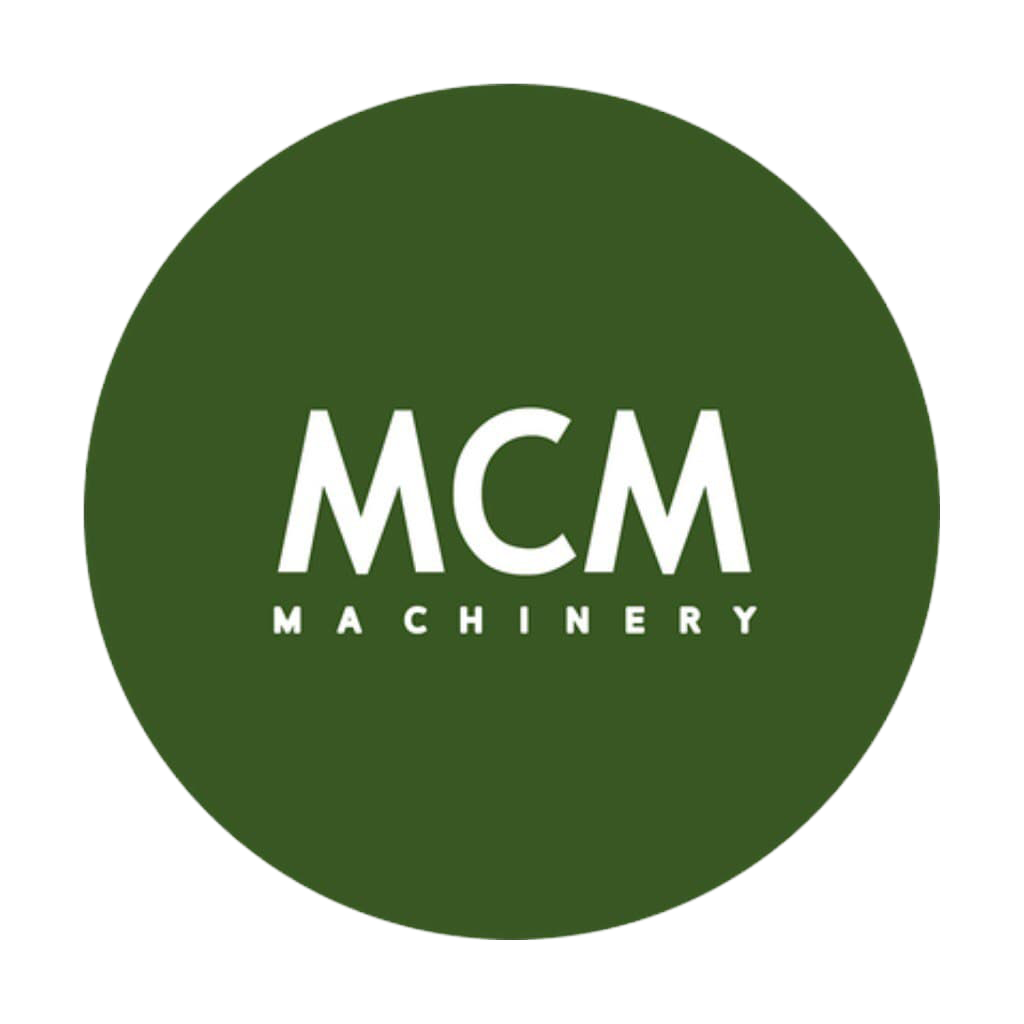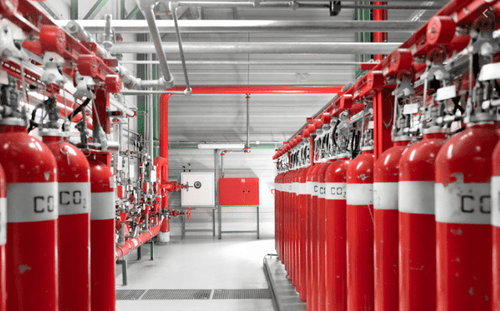- No product in the cart.
Inergen IG-541 is a leading inert gas fire suppression system used in various industries to protect critical assets and ensure safety. Composed of nitrogen, argon, and carbon dioxide, it’s favored for its effectiveness, environmental safety, and suitability for use in occupied spaces. To maximize the benefits of Inergen IG-541 and ensure it performs optimally in an emergency, it’s essential to follow best practices in its usage. This article outlines key best practices to help you get the most out of your Inergen IG-541 system.
Proper System Design and Installation
The foundation of effective Inergen IG-541 usage begins with a well-designed and correctly installed system. The design should be tailored to the specific needs of the facility, considering factors such as the size of the protected area, the types of assets at risk, and the potential fire hazards.
- Consult with Experts: Work with certified fire safety professionals who have experience in designing Inergen IG-541 systems. They can assess your facility and recommend a system design that provides optimal coverage and protection.
- Compliance with Regulations: Ensure that the design and installation meet local fire safety regulations and standards, such as the Uniform Building By-Laws (UBBL) 1984 and relevant Malaysian Standards (MS). Proper compliance will not only ensure safety but also avoid potential legal issues.
Regular Maintenance and Inspection
Once installed, an Inergen IG-541 system must be regularly maintained and inspected to ensure it remains in peak operating condition. Regular maintenance helps identify and address any issues before they can compromise the system’s effectiveness.
- Routine Checks: Conduct routine inspections of the gas cylinders, discharge nozzles, control panels, and fire detection systems. Check for any signs of wear, corrosion, or other damage that could impact system performance.
- Scheduled Servicing: Engage qualified technicians to perform scheduled servicing of the system. This includes testing the system’s functionality, verifying gas pressure levels, and ensuring that all components are in working order.
- Record Keeping: Maintain detailed records of all maintenance activities, inspections, and servicing. These records can be invaluable for ensuring regulatory compliance and for troubleshooting any issues that may arise.
Effective Integration with Fire Detection Systems
Inergen IG-541 is most effective when integrated with advanced fire detection systems that can quickly identify the early signs of fire. The speed and accuracy of fire detection are critical in activating the suppression system before a fire can spread.
- Use Advanced Detection Technology: Invest in high-quality fire detection systems that are compatible with Inergen IG-541. Look for systems that can detect smoke, heat, or flame at the earliest possible stage.
- Regular Testing: Regularly test the integration between the fire detection system and the Inergen IG-541 system regularly. Ensure that the detection system triggers the suppression system promptly and reliably in the event of a fire.
- Zoned Protection: Consider using zoned fire detection and suppression, where the system is divided into different zones that can be independently activated. This allows for targeted suppression and minimizes the risk of unnecessary activation in areas not affected by the fire.
Employee Training and Preparedness
A well-trained staff is crucial for the successful deployment of Inergen IG-541 during an emergency. Employees should be familiar with the system’s operation, evacuation procedures, and safety protocols.
- Conduct Fire Drills: Regular fire drills help ensure that all occupants know how to respond in an emergency. Drills should include training on recognizing fire alarms, understanding the role of Inergen IG-541, and knowing the evacuation routes.
- System Familiarization: Provide training sessions for key personnel on the specifics of the Inergen IG-541 system. This includes understanding how the system works, what to do if the system is activated, and how to reset the system after an activation.
- Safety Protocols: Develop and communicate clear safety protocols for working in areas protected by Inergen IG-541. This includes guidelines on what to do in case of a false alarm, how to manually activate the system if necessary, and how to respond to a system malfunction.
Adapting to Changing Needs
Facilities evolve over time, and so too must the fire suppression systems that protect them. Whether it’s a change in the facility’s layout, the introduction of new equipment, or shifts in fire safety regulations, your Inergen IG-541 system should be updated to meet new challenges.
- Regular Assessments: Periodically reassess your facility’s fire risks and ensure that your Inergen IG-541 system is still adequate for your needs. This is especially important if there have been significant changes to the building or its contents.
- System Upgrades: As fire safety technology advances, consider upgrading your Inergen IG-541 system to incorporate new features or capabilities. Upgrades might include better fire detection technology, enhanced control systems, or more efficient gas discharge mechanisms.
- Regulatory Updates: Stay informed about changes in fire safety regulations that may affect the use of Inergen IG-541. Ensure that your system remains compliant with any new laws or standards.
Environmental Considerations
Inergen IG-541 is an environmentally friendly fire suppression system, but it’s still important to use it responsibly. Ensure that your use of the system aligns with broader environmental goals and sustainability practices.
- Minimize Unnecessary Discharge: Avoid unnecessary discharges of the Inergen IG-541 system, as even environmentally safe gases should be used responsibly. Regular maintenance and careful operation can help prevent accidental discharges.
- Proper Disposal: When replacing or decommissioning parts of the Inergen IG-541 system, ensure that all materials, including gas cylinders, are disposed of according to environmental regulations. Recycling or proper disposal helps minimize environmental impact.
- Energy Efficiency: Consider the energy consumption of associated fire detection and control systems. Opt for energy-efficient options that complement the environmentally friendly nature of Inergen IG-541.
Inergen IG-541 offers a robust, safe, and environmentally sound solution for fire suppression. However, to fully leverage its benefits, it’s essential to follow best practices in its design, installation, maintenance, and operation. By ensuring proper system integration, regular upkeep, effective employee training, and adaptability to changing needs, you can enhance the safety of your facility and protect your assets with confidence. Following these best practices will not only maximize the effectiveness of Inergen IG-541 but also contribute to a safer and more sustainable fire safety strategy.


